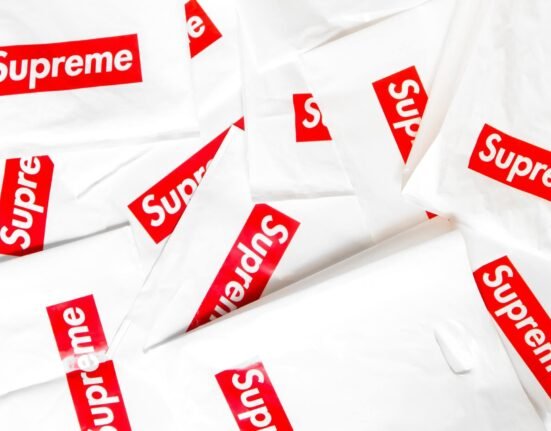Numeral marks can be used to create strong and memorable brand identities, seen with successful brands like 7-Eleven or 5 Star. On 25 April 2025 the Delhi High Court affirmed the enforceability of such marks in Vineet Kapur v Registrar of Trademarks, reflecting their growing commercial and legal relevance in India’s trademark landscape (CA/Comm, IPD-TM, 22/2024, 25 April 2025). While Indian law recognises numerals as valid trademarks, legal protection depends on whether they function as source identifiers.
Case background
Vineet Kapur owns skincare brand O3+ and had applied to register the trademark ‘2929’ in class 3, which includes cosmetics, shampoos, soaps and similar products. The registrar rejected the application on the ground that the combination of numbers lacked distinctiveness and constituted a common numerical sequence. It argued that numerals – especially in arbitrary combinations – cannot inherently distinguish the source of the goods.
However, the Delhi High Court overturned the decision on appeal, highlighting that numerals can be arbitrary and inherently distinctive when they do not describe or relate to the goods or services offered. Because ‘2929’ does not describe any characteristic, quality or function of cosmetics, it qualifies as an arbitrary mark.
By nature, arbitrary marks enjoy a higher level of protection because they do not serve a descriptive or functional role in relation to goods or services. The court’s decision underscores that distinctiveness does not always need to be acquired through use and that inherent distinctiveness is sufficient.
Legal framework for registering numeral marks under Indian law
Section 2(1)(m) of the Trademarks Act 1999 defines a trademark as able to include a “name, signature, word, letter, numeral, shape of goods, packaging, or combination of colours or any combination thereof”. This explicitly establishes that numerals or combinations of numerals can function as trademarks. Several numeral marks have been successfully registered and granted legal protection in India, for example in:
- Glossy Color & Paints & Anr v Mona Aggarwal & Ors (2015) – 1001 for paint.
- Samrat Bidi Works & Ors v Dayalal Meghji & Co, (1998) – 345 for bidis (a kind of cigarette).
- Tata Oil Mills v Reward Soap Works (1982) – 501 for soap.
- Jagan Nath Prem Nath v Bharttya Dhoop Karyalaya (1975) – 555 for incense sticks.
Numeral marks must be distinctive and act as a source identifier
Numeral marks that are generic or descriptive may be denied registration unless they have acquired distinctiveness through extensive use or become well known.
Distinctiveness is evaluated based on whether the public directly associates the trademark with a particular source or manufacturer of the goods or services to which the mark relates and is a fundamental requirement for registering a trademark under the Trademarks Act. If a numeral mark does not directly describe the nature or characteristics of the goods and can distinguish them in the market, it may be considered inherently distinctive. In essence, a unique numerical combination – particularly one that holds no descriptive meaning or relevance to the goods – can qualify for registration if it functions as an effective source identifier.
Key takeaways
This decision reinforces the principle that distinctiveness, whether inherent or acquired, is the cornerstone of trademark registration. Numerals can function as powerful brand assets when used creatively and uniquely, capable of distinguishing goods in the market and building consumer recognition. As the market becomes increasingly saturated, businesses may turn to numeral-based branding strategies, supported by a legal framework that acknowledges their potential to function as trademarks.







